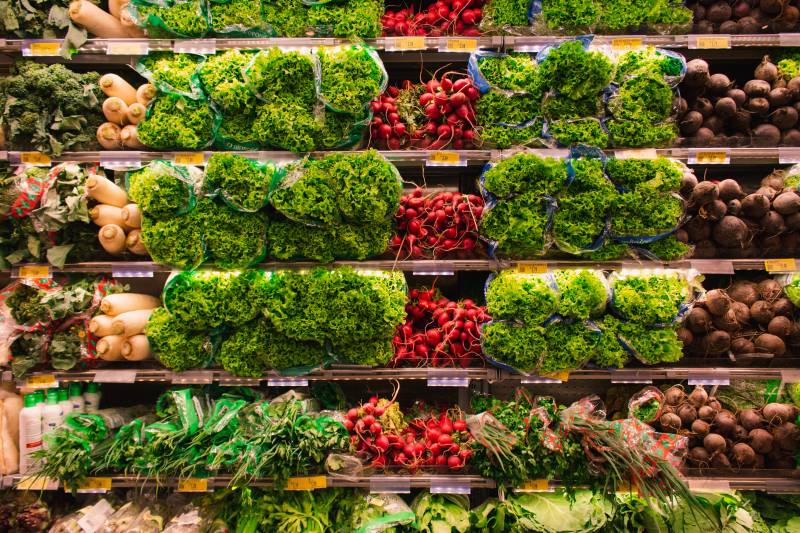The Biden administration has approved updates to the Supplemental Nutrition Assistance Program (SNAP), giving families who currently receive governmental assistance additional funds to help feed themselves and their families. The recently approved funding is the largest single increase in benefits to date.
The U.S. Department of Agriculture on Monday released a reevaluation of the Thrifty Food Plan, which is used to calculate SNAP benefits, administered by CalFresh in California.
Its new calculations mean that the average CalFresh benefit could increase by roughly $70 per household, per month, beginning Oct. 1.
The impact will be felt by millions of people across California and the nation. The USDA says SNAP helps feed more than 42 million Americans (or 1 in 8) each month. More than 2.4 million California households receive support from CalFresh as of June 2021.
Information on how to apply for food assistance in California can be found here and you can apply here.

9(MDAxOTAwOTE4MDEyMTkxMDAzNjczZDljZA004))